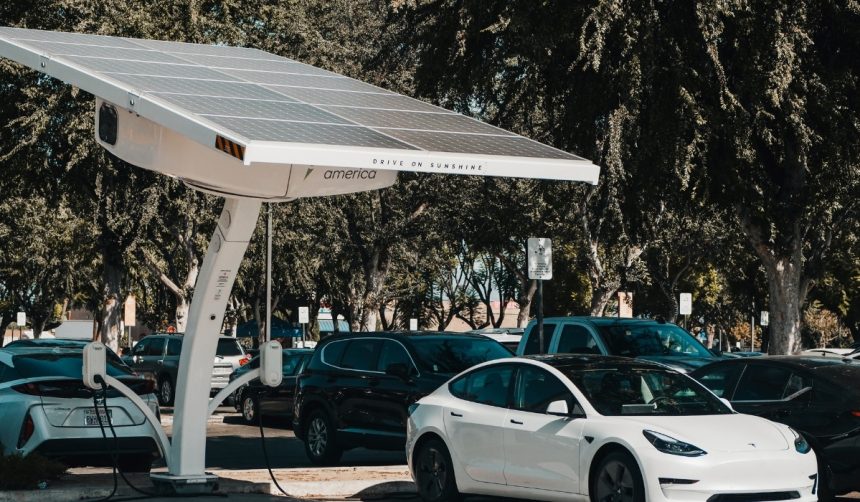In 2024, Tesla has solidified its position as the leading electric vehicle manufacturer in the United States, achieving sales figures that triple those of its closest rivals. This remarkable performance underscores Tesla’s strong brand presence and its ability to maintain consumer interest despite a slight overall sales decline.
Compared to previous years, Tesla continues to outpace competitors even as the EV market becomes more crowded. The introduction of numerous new models from other manufacturers has intensified competition, yet Tesla’s sales remain robust, highlighting the company’s enduring appeal and strategic market positioning.
What Strategies Enabled Tesla to Maintain Market Leadership?
Tesla’s continued success can be attributed to its focus on popular models like the Model Y and Model 3, which have consistently driven high sales volumes. The company’s investment in technology and expanding its Supercharger network have also played crucial roles in sustaining customer loyalty and attracting new buyers.
How Are Competitors Responding to Tesla’s Dominance?
Other major automakers, including General Motors and Ford, have ramped up their electric vehicle offerings to challenge Tesla’s market share. With General Motors selling 112,897 EVs and Ford 97,865 units, these companies are investing heavily in new technologies and models to provide viable alternatives to Tesla’s lineup.
What Is the Future Outlook for the U.S. EV Market?
The U.S. electric vehicle market is projected to continue its growth trend, with total sales reaching a record 1.3 million units in 2024, marking a 15.2% increase from the previous year. The introduction of 17 new EV models has diversified consumer choices, while advancements in battery technology and charging infrastructure are expected to further boost adoption rates.
“Our focus remains on expanding our EV lineup and enhancing customer experience,” said a spokesperson from Cox Automotive.
As the market evolves, Tesla’s leadership position provides it with a significant advantage, but the rising diversity of models and increasing competition could lead to more balanced market dynamics. Consumers are likely to benefit from a wider range of options and improved vehicle features as manufacturers strive to innovate and capture greater market segments.
To stay informed on the latest EV trends and developments, consumers are encouraged to explore various models and consider factors such as performance, range, and infrastructure support when making their purchasing decisions. Additionally, staying updated with manufacturer announcements can provide insights into upcoming technologies and offerings in the EV space.










